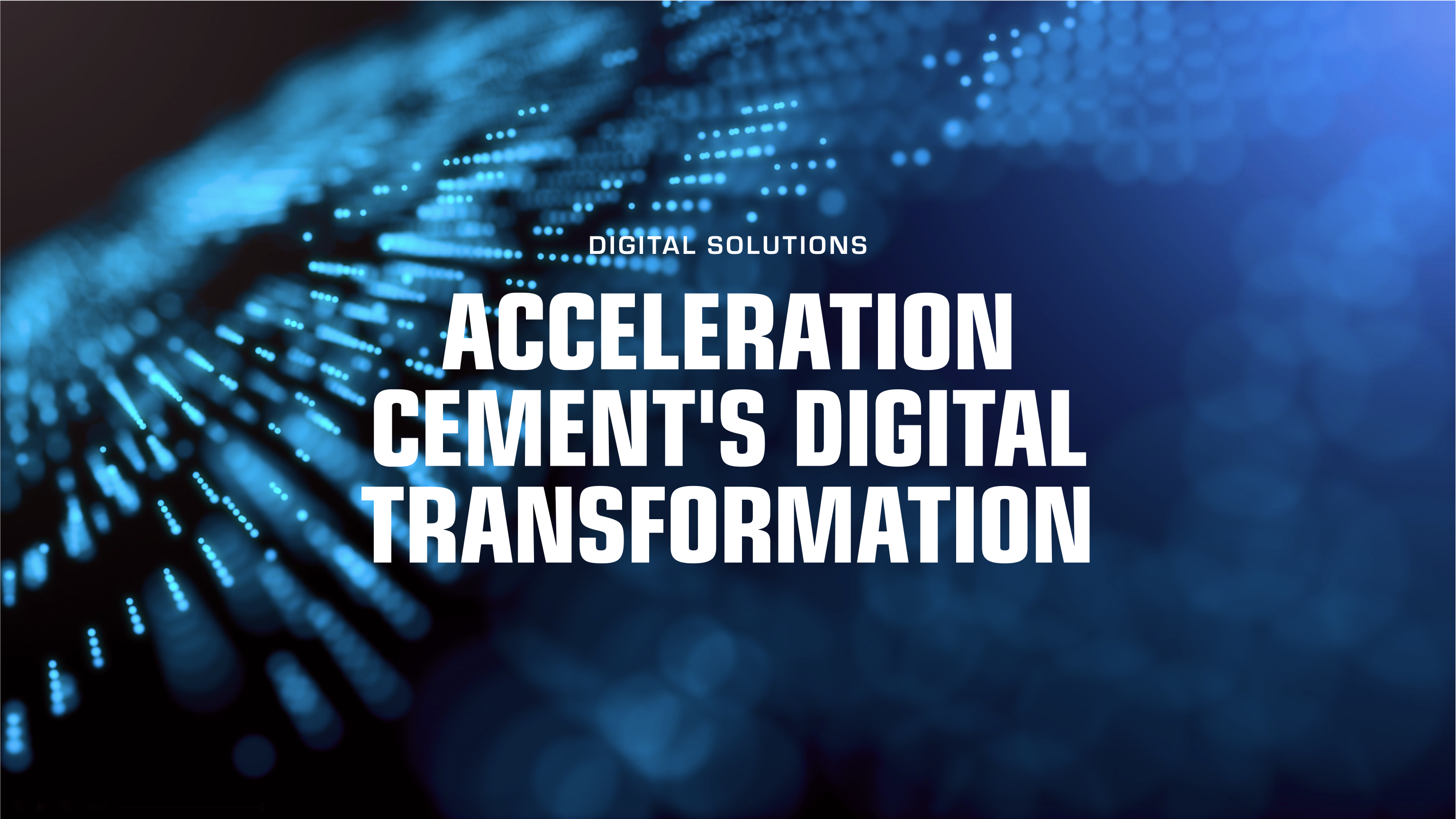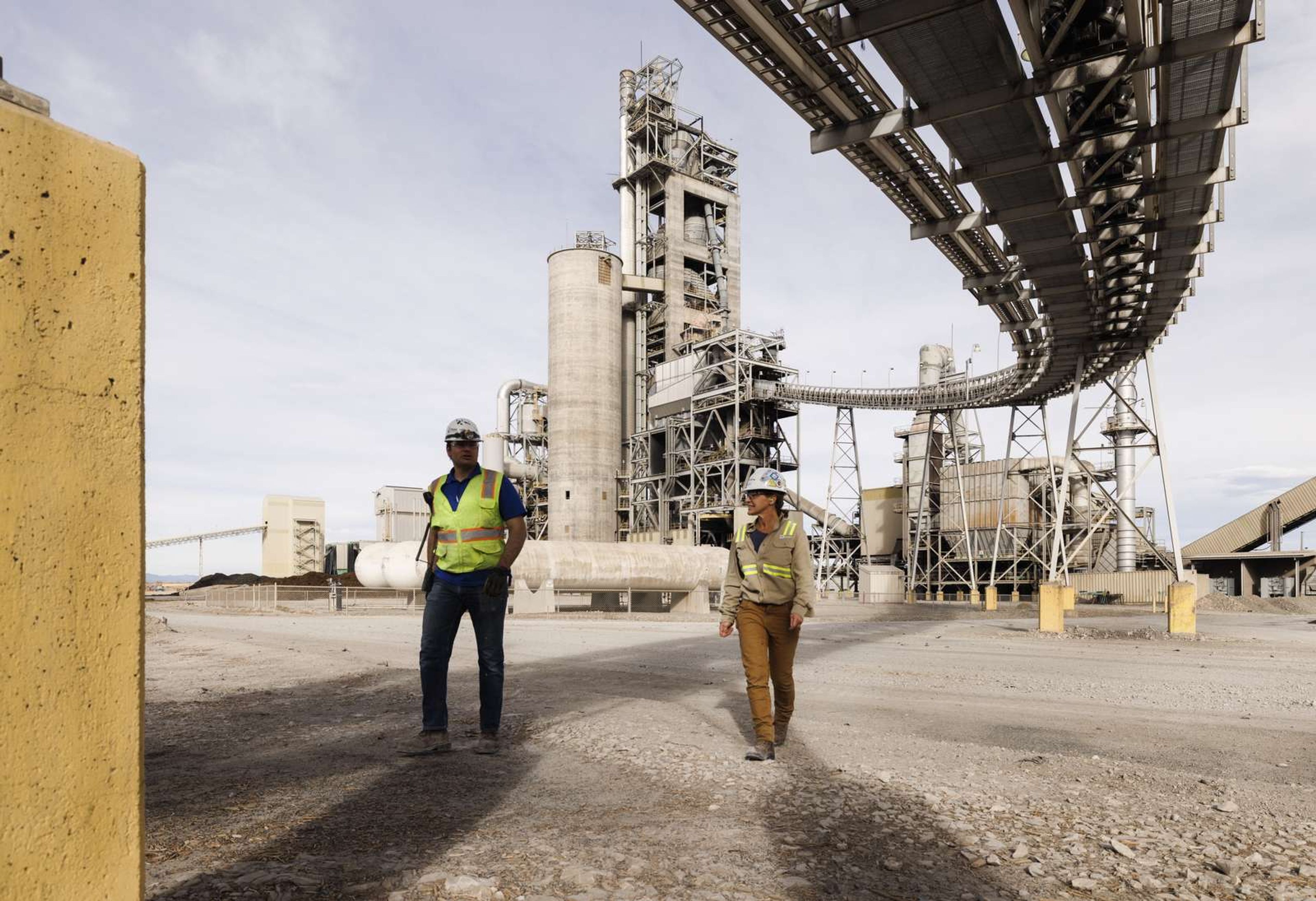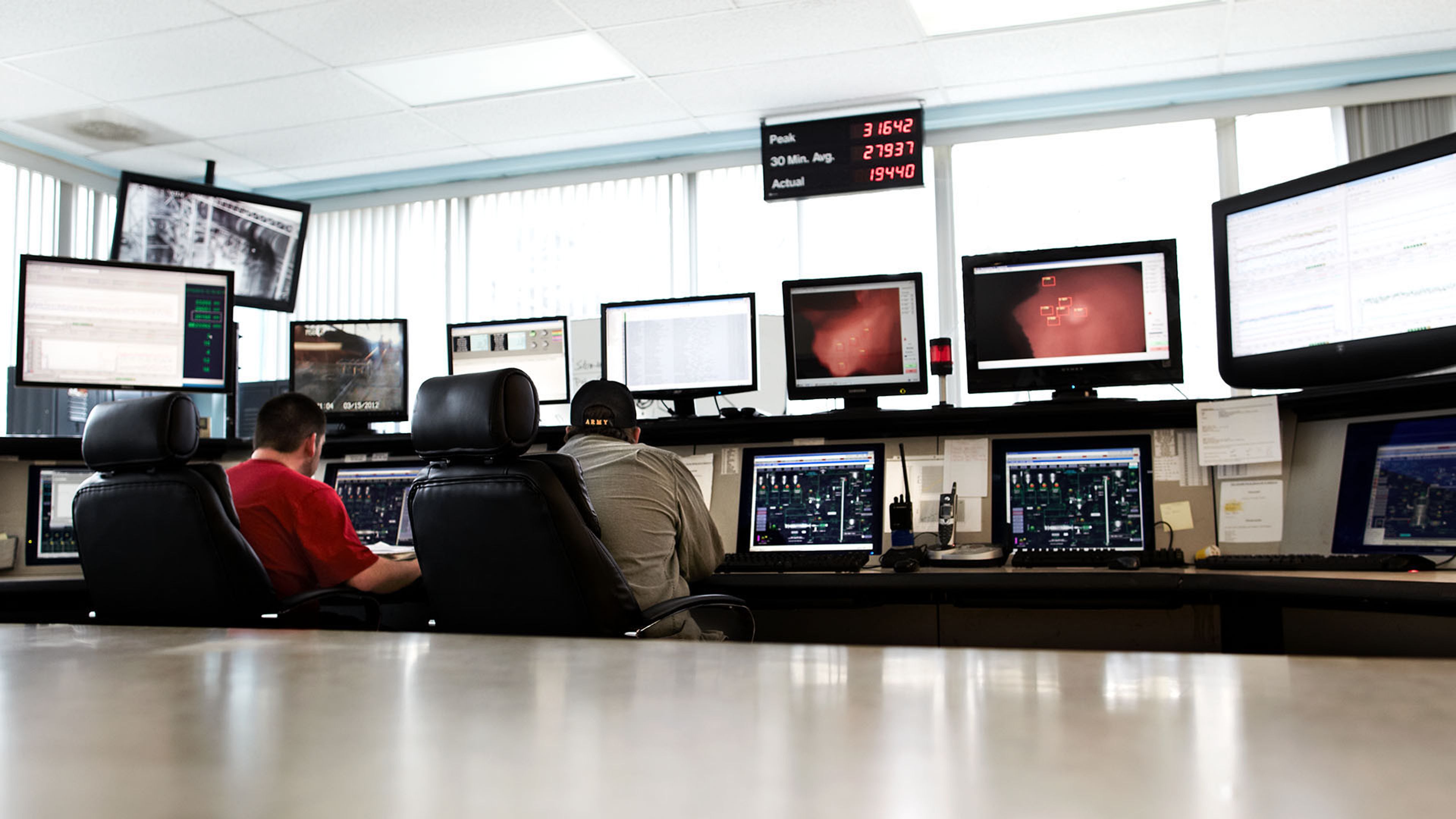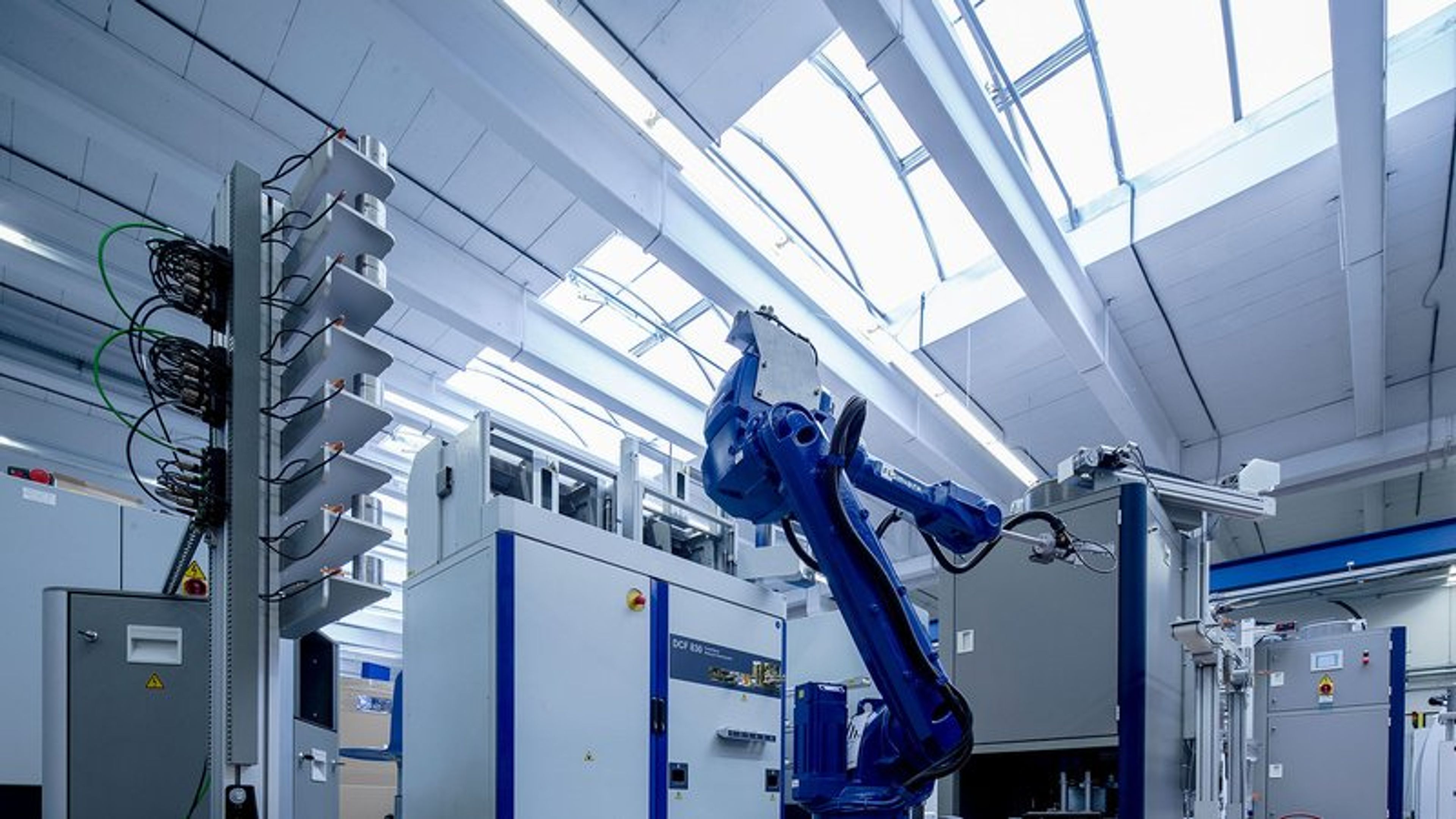25th Sep 2025
webinar
There is No Green Transition Without Digitalisation - by Anders Noe Dam
The Complexity Challenge: Why Green Cement Needs Digital Foundations
The cement industry's decarbonization journey reveals a fundamental challenge: each emission reduction strategy adds significant operational complexity. Alternative fuels demand precise feeding control and full integration in the APC system. Calcined clay needs stable calcination. Carbon capture requires tighter gas flow management.
Drawing from FLSmidth Cement's 50 years of automation innovation - from early PLCs to today's AI-driven optimization - it's clear that these complexities make digital control essential and thus very much part of each decarbonization solution. Traditional cement production allowed quality managers and production teams to operate in separate areas. Today's decarbonization environment creates new challenges through interdependencies. Now, percentage-focused quality managers must coordinate with throughput-driven production managers - To handle fuel variability, SCM consistency, and gas flow optimization. Without digital systems orchestrating these interdependencies, plants cannot fully realize potential benefits.
From Isolation to Integration: The Digital Path Forward
While pioneering plants report remarkable results - 20% production efficiency gains, 15% energy reductions and a 10% decrease in raw material wastage - others struggle to realize these benefits. The 'Automation House' framework that Anders presents explains what is critical for success: Industry 4.0 capabilities require solid Industry 3.0 foundations beneath them. Three integrated automation pillars must stand strong.
In his thought-provoking keynote at EnviroTech 2025, Anders addresses the operational realities for decarbonization solutions head-on. He maps barriers and charts a practical path where digital foundations and modern service models enable green technologies to deliver on their promises.
Featured Expert:
Anders Noe Dam leads global product management for Automation Technologies at FLSmidth Cement, bringing nearly three decades of automation expertise. He shares insights from 50 years of FLSmidth Cement's digital innovation at the intersection of sustainability mandates and digital capabilities.
Key insights include:
- Decarbonization strategies add process complexity that requires digital coordination beyond conventional automation capabilities
- Industry 4.0 benefits depend on strong Industry 3.0 infrastructure maturity and cybersecurity readiness
- Implementation requires integrated foundations across process control, quality control, and optimization rather than isolated advanced applications
- Breaking traditional silos becomes essential when alternative fuels, SCMs, and CCUS create system-wide interdependencies requiring holistic KPI management
- Long-term digital transformation success depends on assessment, incremental implementation, and service models supporting rapid innovation cycles
Watch the keynote now to discover actionable strategies bridging aspiration and achievement with advanced process control - featuring real-world implementations from industry leaders including Mannok's FUELFLEX Pyrolyzer, and upcoming clay calciner systems at Vicat (France) and CBI Ghana.


Anders Noe Dam, Head of Global Product Management - Automation Technologies


No Green Transition Without Digitalisation
Green Technologies Demand Digital Intelligence
Alternative fuels, clinker substitution, and carbon capture add complexity requiring stricter process control for operational success. Digital systems orchestrate fuel feeding precision, calcination stability, and gas flow optimization to achieve both production efficiency and emission targets. Without embedded advanced process control, decarbonization technologies cannot achieve their full potential.
Industry 3.0 Infrastructure Determines Industry 4.0 Performance
Robust foundations enable advanced optimization success. High-resolution time series data with 10-second resolution over extended periods provides algorithm training datasets. Integration between automated systems and manual laboratory processes creates comprehensive data environments. Without proper process control systems, quality management infrastructure, and structured data architectures, sophisticated AI solutions cannot deliver measurable value.
Process Optimization Requires Comprehensive Foundation Architecture
The Automation House model identifies three critical support pillars: optimization, process control, and quality control. Traditional approaches focusing solely on optimization create unstable implementations with limited performance gains. Successful Industry 4.0 deployment requires coordinated investment across all foundational systems to ensure reliable data flow, cybersecurity compliance, and sustainable operational improvements.
Breaking Silos for Holistic Optimization
Decarbonization technologies create competing performance indicators that challenge traditional departmental boundaries. Quality managers prioritizing compositional targets and production managers focused on throughput rates must coordinate optimization strategies. Alternative fuels, supplementary cementitious materials, and carbon capture systems require holistic thinking and decision-making that balance multiple objectives to find the optimization sweet spot.
From Ownership to Service—Embracing Innovation Speed
Software development cycles now outpace traditional industrial upgrade schedules, making perpetual licensing models inefficient for maintaining competitive advantage. Subscription-based service agreements provide continuous access to latest features, cybersecurity updates, and performance enhancements. This approach ensures compatibility with evolving security requirements while reducing capital investment barriers for advanced process control technologies.


.png?w=3840&q=80&auto=format)
Navigate Decarbonization Through Integrated Digital Control
See how cement producers achieve both sustainability and operational performance goals when digital systems manage the complexity that alternative fuels, clinker substitution, and carbon capture create. Anders demonstrates why Industry 4.0 success depends entirely on your Industry 3.0 foundations—and provides a practical roadmap for building integrated automation systems that deliver measurable results.


Digital Foundations Enable Green Technologies
Industry leaders and recent implementations demonstrate that decarbonization technologies deliver their promised efficiency gains - when built on proper digital foundations through systematic implementation. Plants that achieve both sustainability targets and operational excellence share a common pattern: they build comprehensive foundations before deploying advanced technologies - robust process control, integrated quality management, and coordinated optimization systems.
The transformation extends beyond technology to organizational evolution: breaking traditional silos, establishing long-term implementation strategies, and embracing service models that keep pace with rapid innovation. As Anders noted, the speed of technological advancement means traditional software ownership models no longer serve an industry facing evolving cybersecurity threats and continuous feature releases.
Equally important, digital transformation succeeds when people embrace technology. High utilization rates - operators choosing to keep systems engaged - represent the true measure of digital maturity. This human-technology partnership, anchored on robust foundations, creates what sustainable cement production demands: operations where digital intelligence amplifies human expertise to manage the inherent complexity of sustainable cement production.
Anders' message is clear: "We need to focus not only on optimization, but also what enables optimization." For cement producers pursuing sustainability goals, digital foundations determine whether green technologies deliver promised benefits or become operational challenges.
Anders Noe Dam, Head of Global Product Management - Automation Technologies





.png?w=1080&q=80&auto=format)


